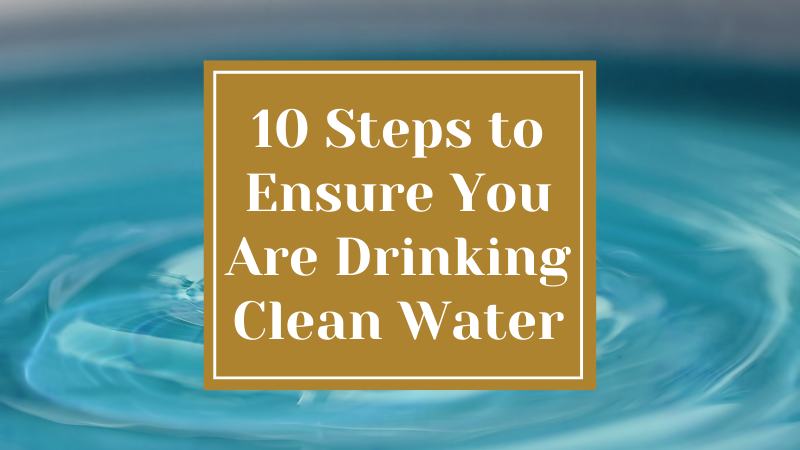-
Learn if commercial waste affects your water
Various kinds of commercial facilities release over 80,000 different chemicals into the environment in the United States. Most of them are not tested unless someone notices a pattern of a disease. Learn about what kind of facilities you have nearby to know how safe your water is.
-
Learn if your municipality does processing of water
The goal of processing of wastewater is to make it safe for consumption. However, many processing facilities do not remove certain toxins. The focus of those facilities is to clean water from large solids and to disinfect it. While some toxins are removed, the water is not tested for thousands of other elements. Learn where your municipal water is coming from to assess how safe it is.
-
Get your local water report
The Environmental Protection Agency regulates local and municipal water suppliers. By law, municipal water departments need to make public notices about water quality on an annual basis. However, they do not have to test the water. Do a bit of research to find out more about the quality of water in your area.
-
Analyze your local water report
Water reports often contain a lot of information on just a few pages and the information can be both highly technical and confusing. However, studying a water report is definitely worth your time. Take a note of some of the most common toxins that the report does not include. The fact that some toxins are not included means that your water department is not testing for them.
-
Get your water tested
If you don’t live in a large urban area where problems with water are very likely to become known, you should consider testing your water. A comprehensive water test includes six categories. They are microorganisms, radionuclides, disinfectants, organic chemicals, disinfection byproducts and inorganic chemicals.
-
Use carbon filters
These filters do not cost much and are easy to install. They absorb many of the common toxins and harmful microorganisms but at the same time, they do let the minerals pass through. These filters have no impact on the acidity of water, but they can develop mold. This is your basic option for water filtration.
-
Use water distillers
Water distillers do produce pure water but they also remove minerals from water. Usually, water does contain minerals, so if you are using distilled water in your household, make sure that you are getting enough minerals from your diet and supplements.
-
Use ceramic filters
Ceramic filters do a great job at filtering out very small particles and microorganisms. You can renew a ceramic filter by brushing it under running water.
-
Use reverse osmosis filters
Reverse osmosis filters come in a number of sizes and are not very expensive. A system that has a reserve of a gallon of water costs around $150. Most filters are very easy to install and remove a lot of toxins from your water.
-
Use ultraviolet radiation systems
UV systems use a special lamp to get rid of all living cells in your water. They do leave the minerals untouched. UV lamp in the system does lose its effectiveness with time and you will need to replace it at some point.



